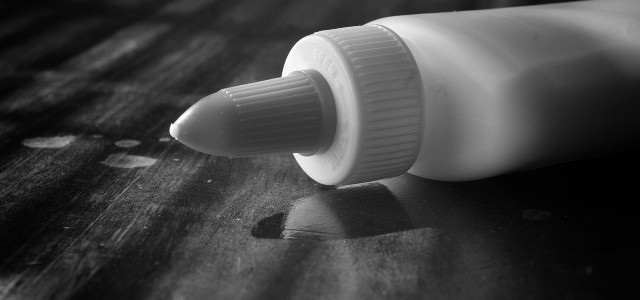When repairing porcelain, the right glue needs to serve more functions than just holding everything together. But can it also be eco-friendly?
If you’ve ever had that heart-stopping moment where you watch a beloved cup bowl or plate fall to the ground, you’re not alone. Accidents happen, but you don’t need to throw anything away just yet!
It’s easier than you think to glue porcelain and other ceramics back together. The tricky thing is deciding what glue you’ll need. In this article, we’ll run through some tips that’ll help get your porcelain looking as good as new, if not better.
Using Eco- and Human-Friendly Glues
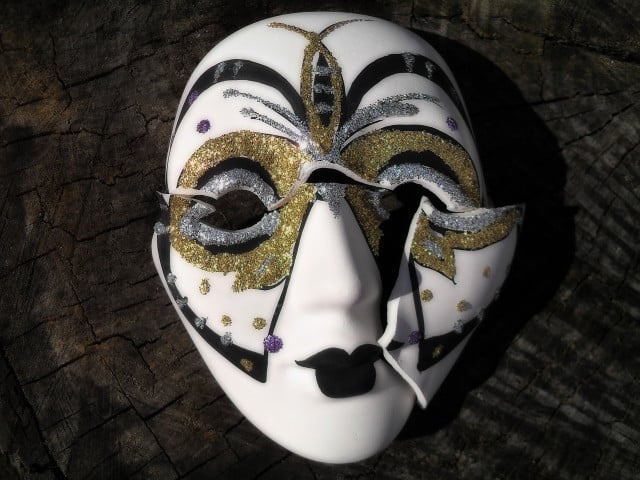
(Foto: CC0 / Pixabay / bradleyhowington)
There are two main types of glues that be used to repair broken porcelain: superglues and epoxies. Epoxies tend to be better for your personal health and for use in contact with food, whereas plant-based glues are more readily available. Here we’ll break down the benefits and limits of each.
Superglue:
Most superglues are made from polyvinyl acetate (PVA), ethanol, and water acetone. It’s commonly assumed that these adhesives are harmful to the environment. While some ingredients are technically eco-friendly, the polyvinyl plastic isn’t biodegradable, so this assumption isn’t wrong.
Furthermore, only a handful of superglues are non-toxic. This means they are not suitable for use in contact with food, plants, or animals. However, some adhesive companies are starting to produce eco-friendly and non-toxic glues made from natural resources, which are safer for you and the environment.
The plant-based liquid glues are derived from a variety of starches like corn, wheat, and potato. Unfortunately, none of these glues are quite strong enough to repair porcelain. They are also water-soluble as a result of being biodegradable which would not be suited for items that need to be washed regularly.
Super Eco Superglue:
Scientists from Universities in Finland, Tokyo, China, and Canada have created an eco-friendly superglue made out of only water and plant-derived cellulose nanocrystals. The experimental adhesive is not yet available for sale however it is a promising step in the direction of sustainable superglue production.
Epoxy Resin:
Traditional epoxy resin is not much more environmentally friendly than superglue, as the fumes from certain resins can be very toxic. The chemical process of mixing the two ingredients used to make epoxy emits volatile organic compounds (VOCs), which have been heavily scrutinized for their harmful effects on health and the atmosphere.
This can be easily avoided if you can use an epoxy mix made of 100% solids, which means it can contain no water or solvent. There will be no emanation and the epoxy will be free from volatile organic compounds. Another point to consider is that, unfortunately, most epoxy resins can’t be recycled domestically. However, as you’re hopefully saving a broken item from being wasted with this project, this shouldn’t be an issue.
How to Glue Porcelain
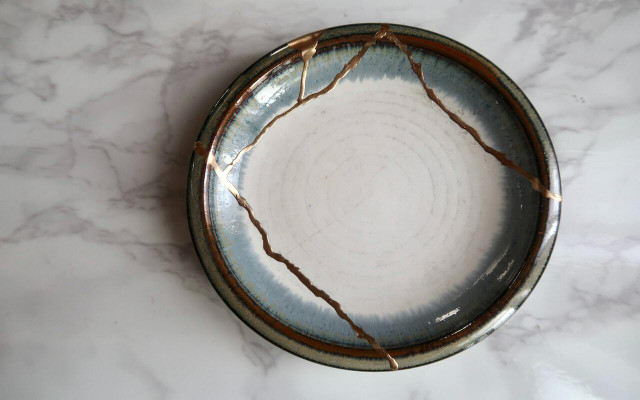


(Foto: CC0 Public Domain / Unsplash / Riho Kitagawa)
Materials:
- your choice of adhesive
- gloves
- sticky tape
- nail file or sandpaper
- toothpick or paint brush
Before you start gluing, you should follow some basic safety precautions:
- Work in a well-ventilated room as the fumes from any glue can be dangerous.
- Use gloves if you can when working with glue, especially fast-drying glue. Wearing gloves also limits the chance that you’ll get any natural oils from your skin on the porcelain.
- Secure your hair away from your face and out of your eyes. You may love your broken bowl but the last thing you want is for it to be stuck in your hair!
- Always make time to read the instructions thoroughly.
Method:
- Clean each piece. This is necessary to get rid of any dirt or oils that may stop the glue from forming a smooth and strong bond. After cleaning, let them dry fully before you start. To repair a crack in a tub, follow our guide on how to naturally clean porcelain baths.
- Lay out the broken pieces in the order in which you will glue them. If there are a lot of small and similar-looking pieces, you might find it helpful to take a picture for you to reference.
- Spread a fine line of glue on each edge of the two pieces you wish to start gluing together. For fine details, use a toothpick to help with the application process. For larger pieces, choose an old paintbrush you don’t mind potentially ruining. Use as little glue as possible as a build-up of glue will impede you from achieving a sleek finish.
- Push the pieces together and hold them there gently but firmly while the glue dries. This will ensure there are no gaps or air bubbles between the pieces. If the drying time is several hours, you might find using tape or rubber bands can help you.
- Wipe off or gently scratch off surplus glue once it is completely set. When in doubt about whether the glue is dry, always assume it isn’t and give it some extra time. Allow 24 hours drying time at least before using your repaired porcelain item again, especially if it’s intended to hold food or drinks.
Optional Finishing Touch
To finish your piece, you can replicate the Japanese art of kintsugi by highlighting the cracks in your porcelain! As a philosophy, kintsugi treats breakage and repair as part of the history of an object rather than something to disguise; the repair work is finished by retracing the cracks, and brushing the area with gold or silver dust.
To replicate this style, you can use just about any paint as long as your porcelain is not intended to carry food. If this is the case, you may need to do some extra research into food-safe paints or possibly re-glazing your piece.
What Glue is Food-Safe?
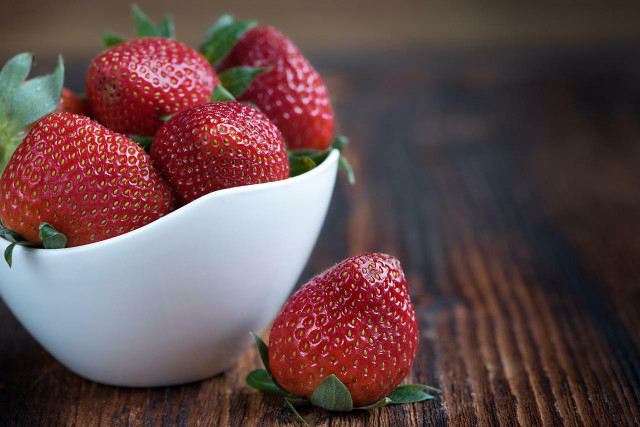


(Foto: CC0 / Pixabay / Pezibear)
If you’re gluing a piece of crockery intended to carry food, you definitely need to know whether your glue is food safe to avoid ingesting toxic chemical through your food or drinks.
- Superglue: It really depends on the type of superglue you use. Since most superglues contain chemicals which can be toxic, it is really worth the time to check on a glue by glue basis to see which ones are safe for handling food.
- Epoxy Resin: From a food-safety standpoint, epoxy resin is completely inert once hardened and thus safe. It can even be microwaved!
Epoxy is also able to fill in any gaps left by missing slithers of porcelain, thus making it easier to clean food off of your repaired item. If you’re using epoxy that has to be mixed before use you can easily add some color or glitter to create the kintsugi effect! However, if you are using glitter, you should try to use a biodegradable or plant based alternative.
TIP: If your porcelain just has a crack through it and isn’t full broken, you can try to reseal it using milk! You place your cracked item in a larger pot and cover it with cow’s milk and heat on low for about two hours then allow to cool in milk and then remove and rinse. This process will not repair a crack, it will just help strengthen it using the casein protein in milk.
Which Glue is Best for Your Project?
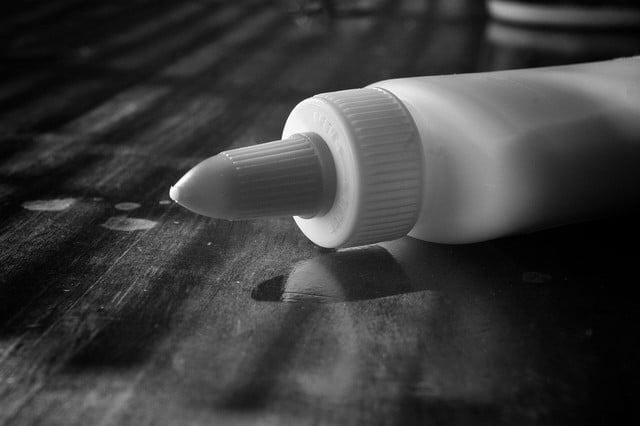


(Foto: CC0 / Pixabay / heatherkitchen_sc)
Superglues and glues:
- Better Ultimate Adhesive – low-toxicity superglue for items that don’t come into contact with food. Odorless and colorless, impact, temperature, and water-resistant.
- Elmer’s China and Glass Cement – superglue specially designed for repairing porcelain and ceramics. Dishwasher safe and non-toxic this glue does take a long time to dry but once it does, it’s clear.
- Bearly Art Precision Craft Glue – best glue for using to fix your kids’ pottery crafts, they can even use it to fix it themselves. This glue water-soluble even after it’s dry and 100% non-toxic.
- For other projects, make your own homemade glue.
Epoxies:
- Gorilla 2 Part Epoxy Glue – relatively quick drying and easy to apply, this is a god epoxy to use for a variety of non-food related items. It is water-resistant but not waterproof, and leaves little mess, however it is not heat-resistant.
- Devcon Waterproof Glue – this epoxy glue is a high strength option designed for industrial applications, but can just as well be used at home. It is dishwasher safe, food safe, heat-resistant and waterproof. However, it is not oven safe.
- Puduo Epoxy Resin – odorless and fumeless, this non-toxic epoxy is a great first introduction to the world of epoxy. It can easily be mixed with pigments and glitters or can be left to dry clear.
Read more:
- How to Remove Superglue from Skin, Textiles, and Surfaces
- 6 Tips for Repairing Scratches on Wood Floors
- What is Upcycling? A Guide to Repurposing Used Materials
Do you like this post?







